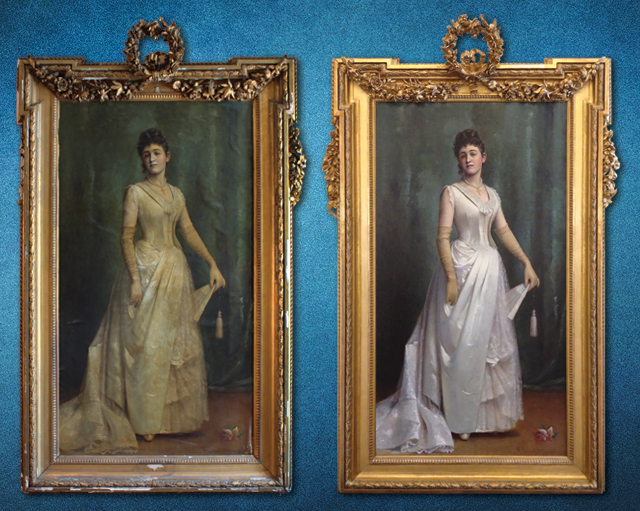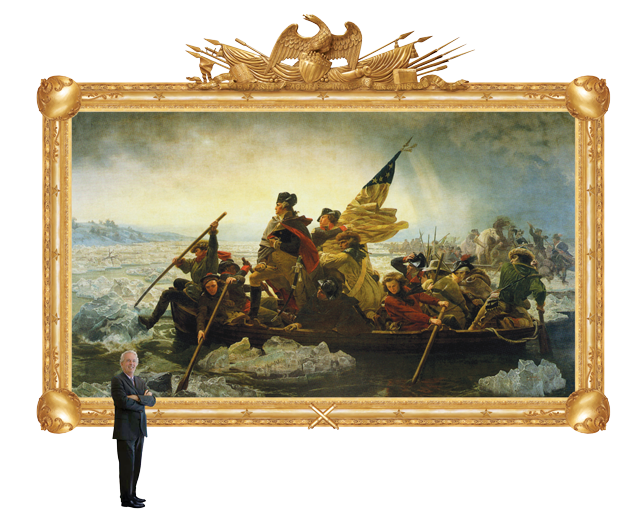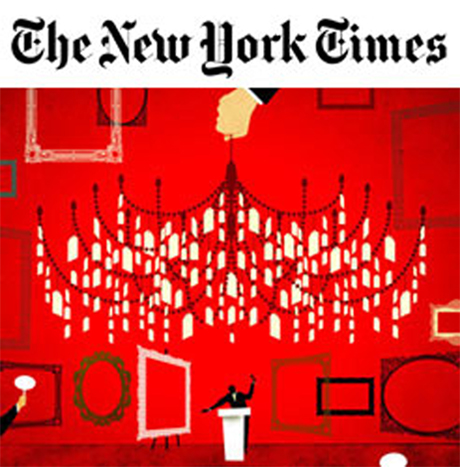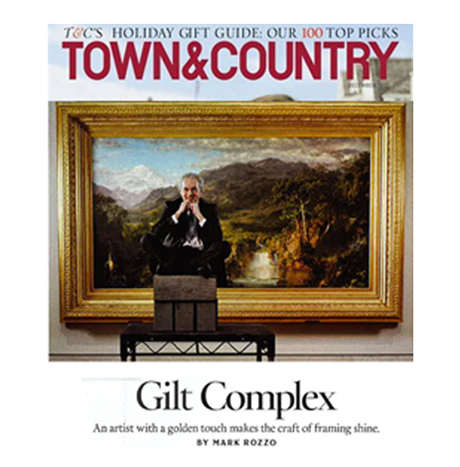Featured Video
Wilner on CBS Sunday Morning
Wilner on CBS Sunday Morning
Click icons below for a selection of our completed projects


Frame Restoration

Eli Wilner & Company is the leading frame restoration expert. We are a preferred provider for both AXA and Chubb fine art insurance, and we have been chosen to perform frame restorations for the most prestigious public and private art collections. Eli Wilner & Company has completed hundreds of complex antique frame restorations for private collectors and public institutions. Increasingly, curators, dealer, collectors, and aficionados embrace the aesthetic and historical value of antique frames. With a 10,000 square foot studio, the Wilner expert carvers, gilders, and mold-makers are able to complete a remarkably wide range of projects, including those that smaller studios cannot accommodate.
Recent years have seen a revolution take place in the way the antique frame is perceived. As awareness of the antique frame as an important decorative object in its own right increases, curators, collectors, and dealers are re-evaluating their views. This includes mounting exhibitions, presenting symposiums and carefully considering issues of frame conservation and restoration.
According to The New York Times article Letting the Frame Speak for the Artist, “Mr. Wilner, the framer, said his restoration work had increased five-fold during the last year, as museums with tight budgets for new acquisitions concluded that this was ‘an economical way to dress up their collections.’”
Read the full article here
The value and importance of antique frames
In the forty years that he has spent in picture framing, Eli Wilner’s approach has stressed the historical accuracy of matching the appropriate picture frame with the artist’s time period and tastes. Through extensive art historical research in major institutions we have determined where prominent artists have expressed framing preferences. The artists realized that the frame was an important marketing tool as well as an aesthetic statement.
Whatever the source may be for this style of frame, it is clear that throughout art history, artists, dealers, and collectors agree on the necessity and purpose of a proper frame. Although the frame is the protector, the enhancer, the projector of light and the edge that adds both value and visual importance to the painting, it should not compete with it. The frame separates the work from the total environment- light source, wall color, room size, and competing objects- and creates a visual effect of its own, which, if done properly, enriches the work of art. The frame’s highest value is its effect on the viewer’s perception of the painting.
Washington Crossing the Delaware at The Met

Eli Wilner & Company created a hand-carved and gilded replica of the lost original frame for Washington Crossing the Delaware by Emanuel Leutze. This frame is the focal point of the renovated American Wing at The Metropolitan Museum of Art in New York City. The frame’s opening size is over 12 x 21 feet, and is surmounted by an elaborate construction twelve feet across displaying an eagle, flags, pikes, a banner and other regalia.
Eli Wilner honored by Historic Charleston Foundation
In the forty years that he has spent in picture framing, Eli Wilner’s approach has stressed the historical accuracy of matching the appropriate picture frame with the artist’s time period and tastes. Through extensive art historical research in major institutions we have determined where prominent artists have expressed framing preferences. The artists realized that the frame was an important marketing tool as well as an aesthetic statement.
Whatever the source may be for this style of frame, it is clear that throughout art history, artists, dealers, and collectors agree on the necessity and purpose of a proper frame. Although the frame is the protector, the enhancer, the projector of light and the edge that adds both value and visual importance to the painting, it should not compete with it. The frame separates the work from the total environment- light source, wall color, room size, and competing objects- and creates a visual effect of its own, which, if done properly, enriches the work of art. The frame’s highest value is its effect on the viewer’s perception of the painting.
Featured In...

Letting the Frame Speak for the Artist and the Era

